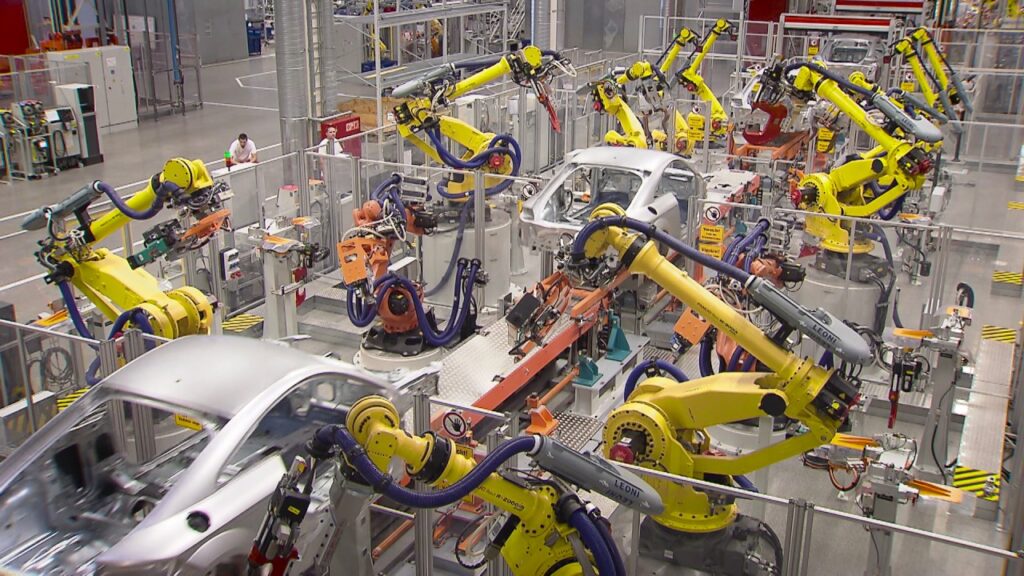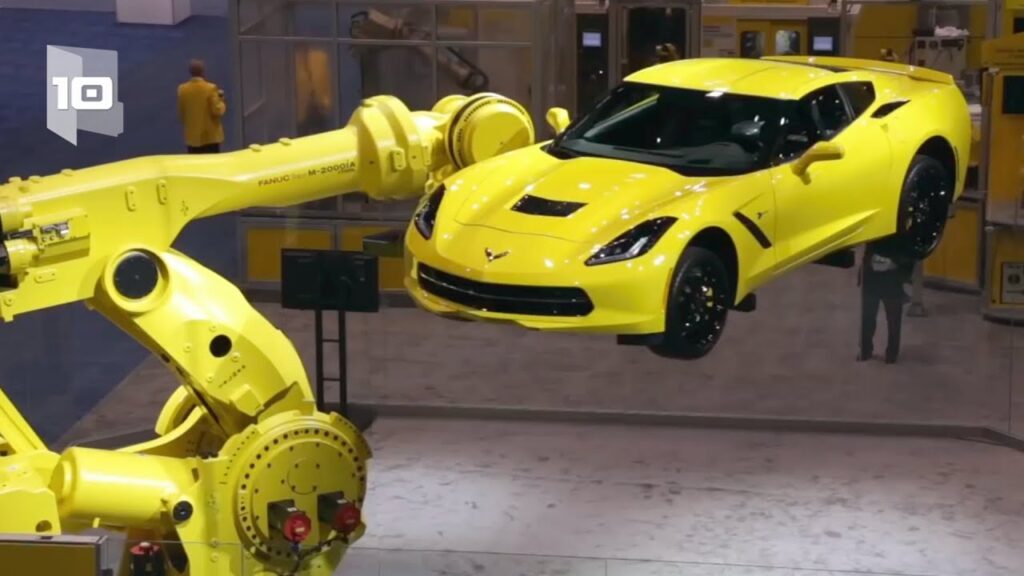The Limitations of Robot Accuracy in Industrial Applications
Robots have become an integral part of various industries, revolutionizing the manufacturing sector with their efficiency and precision. However, while these machines have undoubtedly brought numerous benefits to the production floor, there is a limiting factor that often goes unnoticed – robot accuracy. Manufacturers primarily focus on specifying the pose repeatability values, but there is much more to be considered in order to maximize the potential of industrial robots in manufacturing.
Industrial robots are designed to perform repetitive tasks with remarkable precision. They can handle a wide range of operations, from welding and painting to assembly and packaging. However, even the most advanced robots have limitations when it comes to accuracy.
To understand the significance of robot accuracy, we must first delve into the measurement of industrial robots. Pose repeatability values, which determine the robot’s ability to consistently achieve the same position, are commonly used as a benchmark for accuracy. While this is an essential factor, it does not paint the complete picture.
In order to increase accuracy, various other aspects need to be taken into account. Factors such as dynamic errors caused by vibrations and external disturbances can have a significant impact on the performance of industrial robots. These robots operate in dynamic environments, where even the slightest movement or change can affect their accuracy.
Furthermore, the design and calibration of robot end effectors play a crucial role in the accuracy of the overall system. A misaligned or poorly calibrated end effector can introduce errors that propagate throughout the robot’s movements, leading to inaccuracies in the final product. It is imperative for manufacturers to consider the entire system, including the end effectors, when aiming for improved accuracy.
Another aspect that affects robot accuracy is the choice of sensors and feedback systems. These components provide crucial information to the robot controller, allowing it to make adjustments and compensate for any errors. Advanced sensing technologies, such as vision systems and force sensors, can greatly enhance the accuracy of industrial robots. Integrating these systems into the manufacturing process can significantly reduce errors and improve overall quality.
While manufacturers often focus on the nominal accuracy of robots, it is equally important to consider the repeatability and reproducibility of robot movements. Repeatability refers to the robot’s ability to consistently achieve the same position, while reproducibility refers to its ability to return to the same position after an intervening task. Both these factors are crucial in ensuring consistent and accurate operations in industrial applications.
To overcome the limitations of robot accuracy, manufacturers need to invest in advanced calibration techniques and robust control systems. Calibration processes can minimize errors caused by misalignments and inaccuracies in the robot’s kinematic model. Additionally, advanced control algorithms can compensate for external disturbances and dynamically adjust the robot’s movements, further improving its accuracy.
However, it is not solely the responsibility of manufacturers to address the limitations of robot accuracy. Collaborations between manufacturers and robot suppliers are crucial in developing solutions that enhance the performance of industrial robots. Suppliers need to provide comprehensive information and support, allowing manufacturers to make informed decisions regarding robot accuracy and performance.
In conclusion, while industrial robots have undoubtedly revolutionized the manufacturing sector, their accuracy remains a limiting factor in many applications. Manufacturers often focus on pose repeatability values, neglecting other crucial factors that contribute to overall accuracy. To maximize the potential of industrial robots in manufacturing, it is essential to consider dynamic errors, end effector design, sensor feedback systems, repeatability, and reproducibility. It is through collaborative efforts between manufacturers and suppliers that significant advancements in robot accuracy can be achieved, ultimately leading to more efficient and precise manufacturing processes.
Industrial Robot
Improving Accuracy in Industrial Robotics for Manufacturing Efficiency


